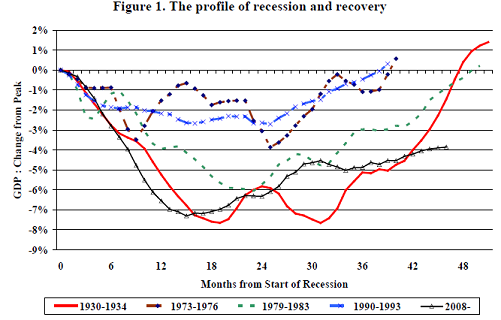EUR/usd
The correction bounce of the euro couldn't last for long on Monday. Already by the end of the day the pair sank to its 2-year lows and closed out the day around 1.2530, where it keeps trading today. Meanwhile the markets are showing a slight increase. However, the current trend has hardly been triggered by growth in risk demand. Apparently, various funds are involved in rebalancing of their portfolios, collecting cheap stocks in accord with their trading strategies. That's why the current bounce in the markets isn't very helpful for the euro. The ongoing concerns around Greece and the Spanish banking sector put heavy pressure on the government bonds of these countries. The yield of 10yr bonds has already amounted to 6.5%. Remember that already the yield of 7% is considered to be unstable and can urge the country to beg the troika (EU/Fed/ECB) for a helping hand. Yet it should be mentioned that last year the yield of the Spanish bonds already reached that mark, then the collapse of the financial system was averted thanks to the interference of the ECB. This time the situation seems to be tenser. Again the markets see that Greece is not the only country which feels difficulty in observing tough austerity measures. Spain is also unable to meet the challenge. Despite the strenuous efforts of the central government, the regions cannot handle their deficits and the banks are in a dire need for the inflow of fresh capitals to liquidate the toxic debts. Yet we shouldn't forget that since the beginning of summer the banks will have to meet new, tougher capital requirements. In that rule, however, there has been a reservation relating to the case of a sharp deterioration of the financial conditions. Can they be worse than now? As the spread between the yields of the ‘trustworthy' countries and the Latin bloc is growing, Europe can do nothing but speed up the creation of euro bonds. The leaders have to reach a compromise as soon as possible.

GBP/USD
The dynamics of GBP/USD clearly shows how quiet the market keeps in wait for the further development of events. The bounce off the lows, the sterling performed on Monday has been fully recouped by today. The short-covering rally couldn't gain momentum at thin trading. And speculators didn't manage to gather in the stops above 1.57. Among scanty news on Britain, the speech of the MPC's member, Dr Ben Broadbent, is of interest. Mr. Broadbent pointed out that in the last years the capital has become much more expensive for businesses despite the sharp decline in interest rates. Now investors demand that the companies should set the interest rate at 14% and the time span to return the capital at 4 years, while before the crises they asked for 9% with the time span of 6 years. Finally the officials approached the issue at the right side, realizing the necessity to increase the availability of money in the financial sector. The rate cut is only one of the means, there are many others.

AUD/USD
For most part of May the aussie has been suffering heavy sales, so the above-mentioned position rebalancing is best seen in this currency pair. While the euro and pound have closed the gaps, formed at the beginning of trading, the Aussie has left its own gap open, failing to drop below 0.98. Remember that Friday's trading was closed at 0.9755. Moreover, the steep down trend of the month has been broken. Such dynamics let us hope that other assets will also see a short-covering rally, though with a certain delay. According to Fibonacci the correction target lies close to 0.9985, so another attempt to pull the pair up to parity is quite possible this week.

gold
On the wave of purchases of depreciated assets Gold has also bounced off its lows. The precious metal is again worth $1575 per troy ounce. The support at 1530 again withstood the pressure. At the end of September and at the end of December last year the drops to this level were both times followed by a bounce to 1790. Will it be different this time?
